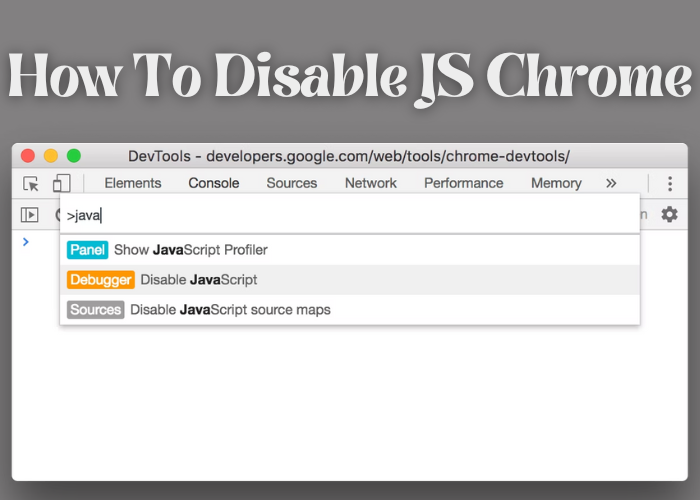
If you’re like me, then you probably use Google Chrome as your web browser. But did you know that you can disable JavaScript in Chrome? This can be a useful security measure if you’re worried about someone exploiting a vulnerability in JavaScript. In this article, I’ll show you how to disable JavaScript in Chrome. Let’s get started!
Open Chrome
If you’re having trouble with your Google Chrome browser, there are a few things you can do to try to fix the issue. First, make sure that you’re using the latest version of Chrome. You can check for updates by opening the Browser and going to Help > About Google Chrome. If there’s a new update available, it will be installed automatically. Second, try restarting your computer. This can help clear any corrupt files that may be causing problems with Chrome. Finally, if none of these solutions work, you can try resetting your browser settings. This will revert Chrome back to its default state, which may fix the issue.
In the address bar, type “chrome://extensions/”
If you’re having trouble with your Google Chrome browser, one thing you can try is typing “chrome://extensions/” into the address bar. This will bring up a list of all the extensions that are installed on your browser. From here, you can disable or delete any extensions that may be causing problems. You can also check for updates to any extension that you have installed. Keeping your extensions up-to-date can help to prevent problems with Chrome.
Scroll down and find “Disable JavaScript”
Whether you’re concerned about online privacy or security, there are a few reasons why you might want to disable JavaScript in your web browser. While JavaScript can be used for some malicious purposes, it’s also an essential part of many websites and online applications. Fortunately, most modern browsers give you the ability to enable or disable JavaScript as needed. Here’s how to do it in Google Chrome.
- Open Chrome and click the three dots in the top-right corner.
- Hover over “More Tools” and select “Settings.”
- Scroll down and click “Advanced.”
- Under the “Privacy and security” section, click “Content settings.”
- Click “JavaScript.”
- Turn off the “Allowed (recommended)” toggle switch.
- Close the Settings tab.
Now that you’ve disabled JavaScript, you may find that some websites don’t work as expected or that you can’t access certain features. If you need to re-enable JavaScript, simply follow the steps above and turn on the toggle switch instead of turning it off. In most cases, though, disabling JavaScript should be all you need to do to improve your browsing experience.
Toggle the switch to the “Off” position
If you’re having trouble with Google Chrome, one thing you can try is to toggle the switch to the “Off” position. This will disable all extensions and themes, so if there’s a problem with one of them, it may be resolved. Of course, this means you’ll also lose any customizations you’ve made, so you may want to try other troubleshooting steps first. But if all else fails, toggling the switch to “Off” can be a quick and easy way to fix problems with your browser.










